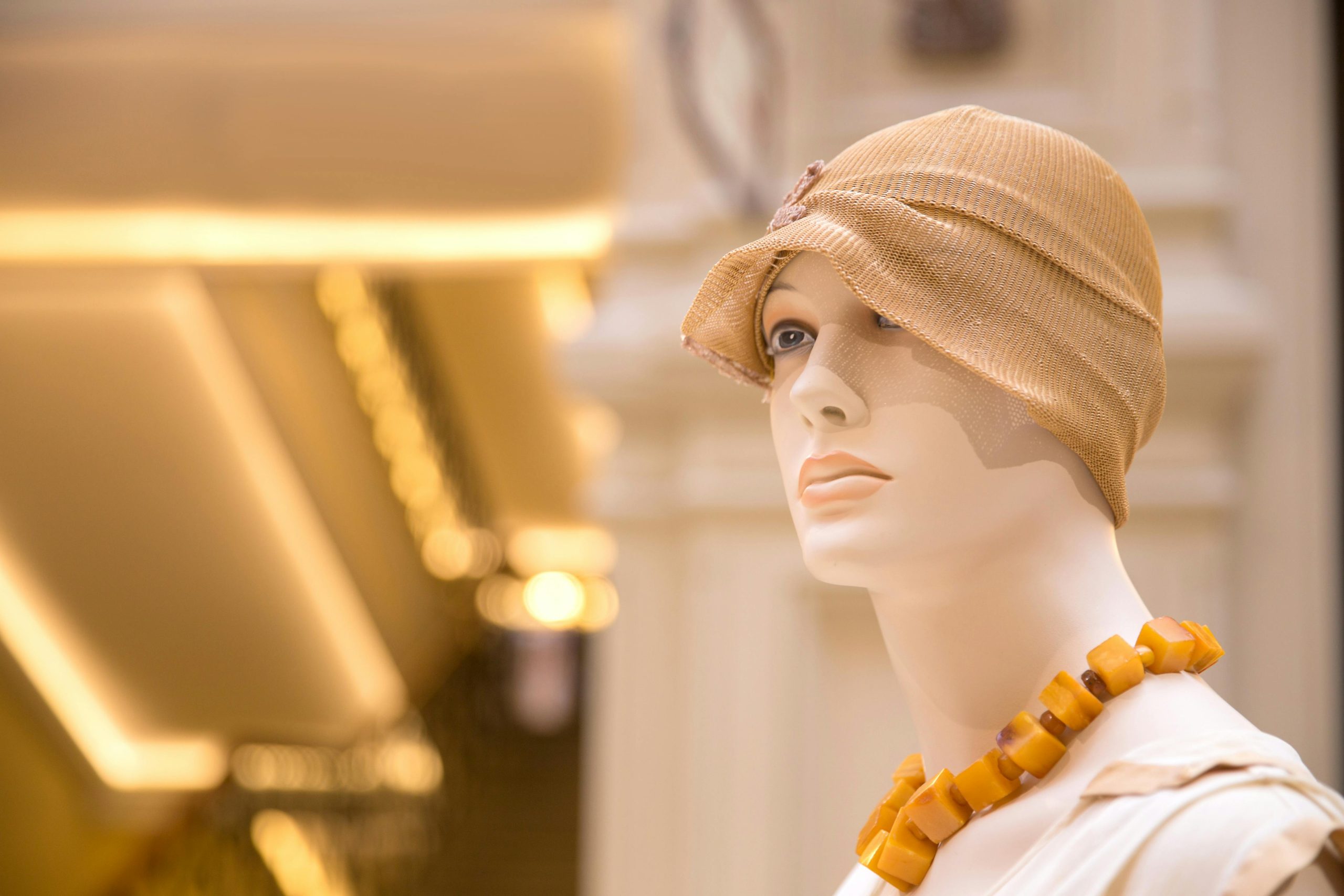Robotics in Garment Manufacturing
Just like AI has changed the fate of many industries, the use of robotics in garment manufacturing has increased tenfold in recent years. Such technology enhances the precision, efficiency and quality of garment production. High-volume manufacturing is the cornerstone of any clothing brand. In order to streamline and optimise production, it’s important to switch to the latest technology and automation. Even when you pursue a fashion design programme these days, there is an individual curriculum on how to embrace modern technology for garment and textile making.
In order to keep up with the changing demand for textiles, manufacturers across the globe are changing their operations. Everyday new processes are being discovered which can keep up with the rapidly changing industry.
Robots handle time-consuming tasks such as cutting, sewing, tagging and packing. This not just automates the entire manufacturing process but also cuts labour costs and considerably reduces wastage.
How Fashion Robots Enhance the Garment Manufacturing Process?
Bot fabric testing
Fabric testing is something that is usually done manually. However, when it is done by robots, the results are accurate and it can be done in a controlled environment. The robots are equipped with sensors and cameras that can perform automated fabric inspection. From stains to defects and any irregularities, they can detect it all. The goal here is to ship only high-quality garments to the end customer. Fabric testing is not just done on the final product but even on raw fabric. Since these systems have zero human intervention, they can quickly identify problems leading to fewer defects. For fashion houses to benefit from these tools, businesses must invest in hardware and software tools.
Fabric cutting
Fabric cutting is something that requires high precision and efficiency. An entire garment can go wrong if not done efficiently. For instance, cutting a multi-layered fabric is difficult for a human. Robots can do it in minutes. Whether the fabric is one layer or multiple layers, fashion robots can do it seamlessly. The most common method used is laser cutting. In this method, the fabric is first marked and then cut with a high-powered beam. With robotic cutting, more products can be manufactured within a short span. There is less wastage too due to accurate and exact cutting. Since there are no human interruptions, the entire workflow is maintained.
Sewing robots
Over the past few years, robotics in sewing has been a big deal. We already know about knitting robots but sewing robots is something new. They offer faster and more precise results than sewing by hand. They sew quickly and sometimes faster than a human. This makes it easier to produce high quality products. Automated sewing robots can be programmed for an array of tasks. Whether it’s creating custom designs or sewing fabrics using heat or water, robotic sewing machines can be used for shirts, pants, jackets, dresses or more.
Material handling and sorting
Robots are also of major use when it comes to material handling. They can be used to transport garments and fabric throughout the factory. From picking and sorting raw materials to ensuring the products are fully finished, the robots do it all. Robots are also used for inventory management and quality control.
3D Knitting
3D knitting is a revolutionary concept that has taken the entire fashion industry by a storm. Garments are produced directly from yarn without the need for cutting and sewing. This not just reduces wastage but even manual labour. Sportswear brands like Adidas and Nike have adopted 3D technology to produce shoes and apparel with minimal human intervention.
Robotics for assembly and packaging
Robots are also being used for garment assembly. A few tasks a robot handles are folding, packaging and labelling. This streamlines the process of preparing garments for shipping and reduces labour costs. The most tedious tasks in the garment industry are automated by a robot.
Conclusion
Robotics in the garment manufacturing industry is at its peak. It’s surely making processes more efficient, precise and cost-effective. Though there are a few overheads initially such as maintenance and installation costs, once you invest in them, the benefits are long-term. If you’re an aspiring fashion designer or a fashion design student, it’s important to know about the use of technology in the garment industry. Our fashion and apparel courses in Bangalore teach you every small detail about the use of robotics in fashion.




